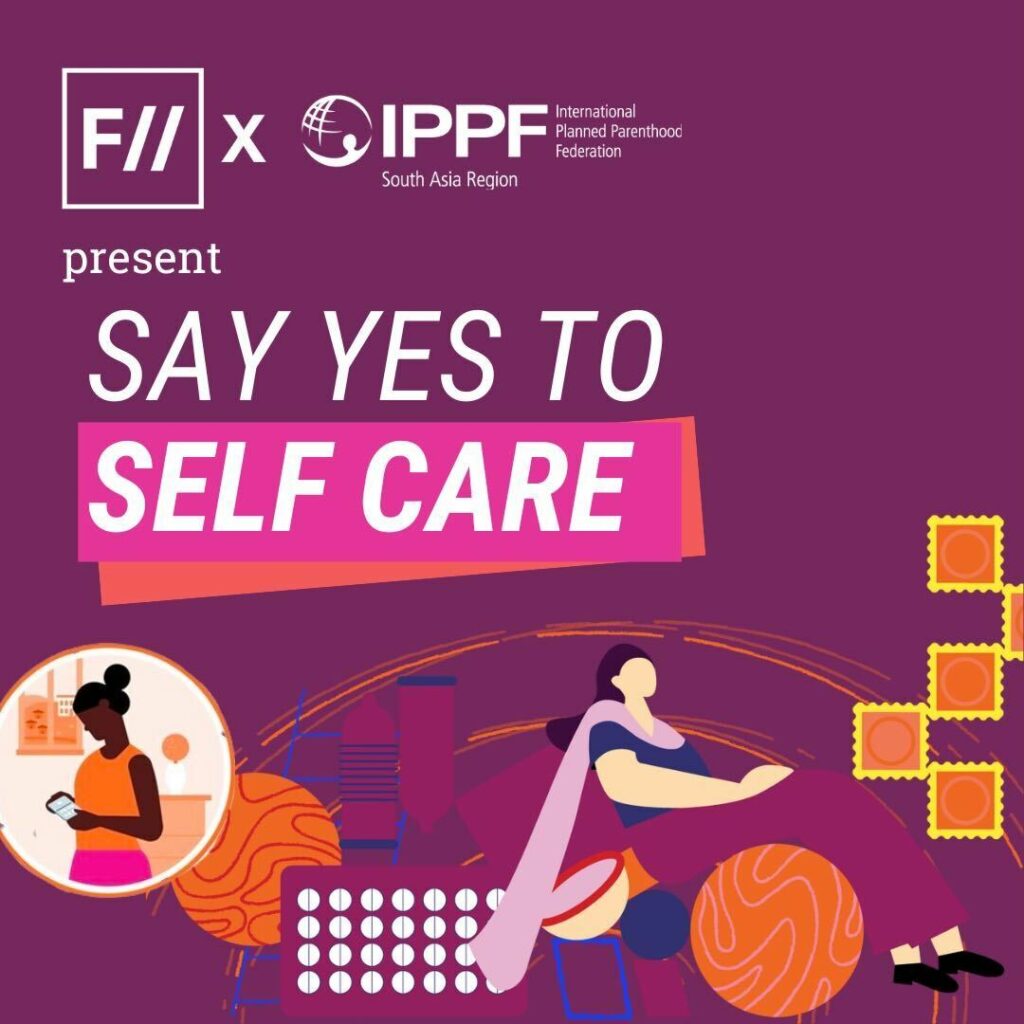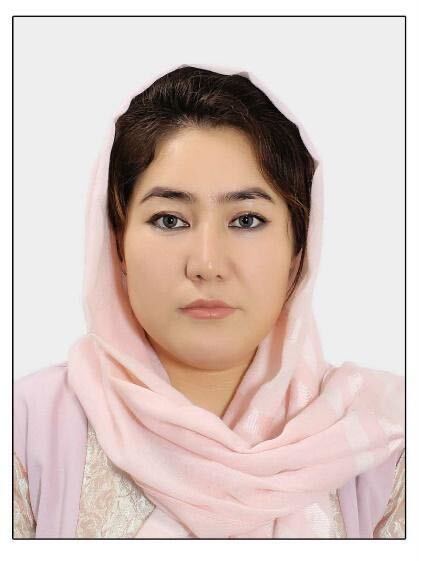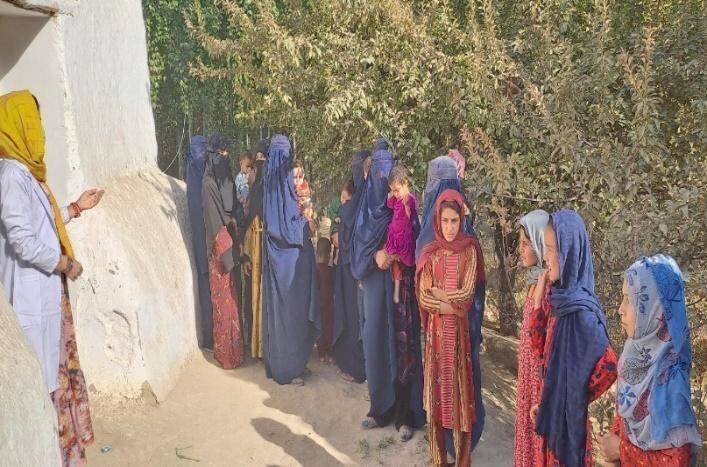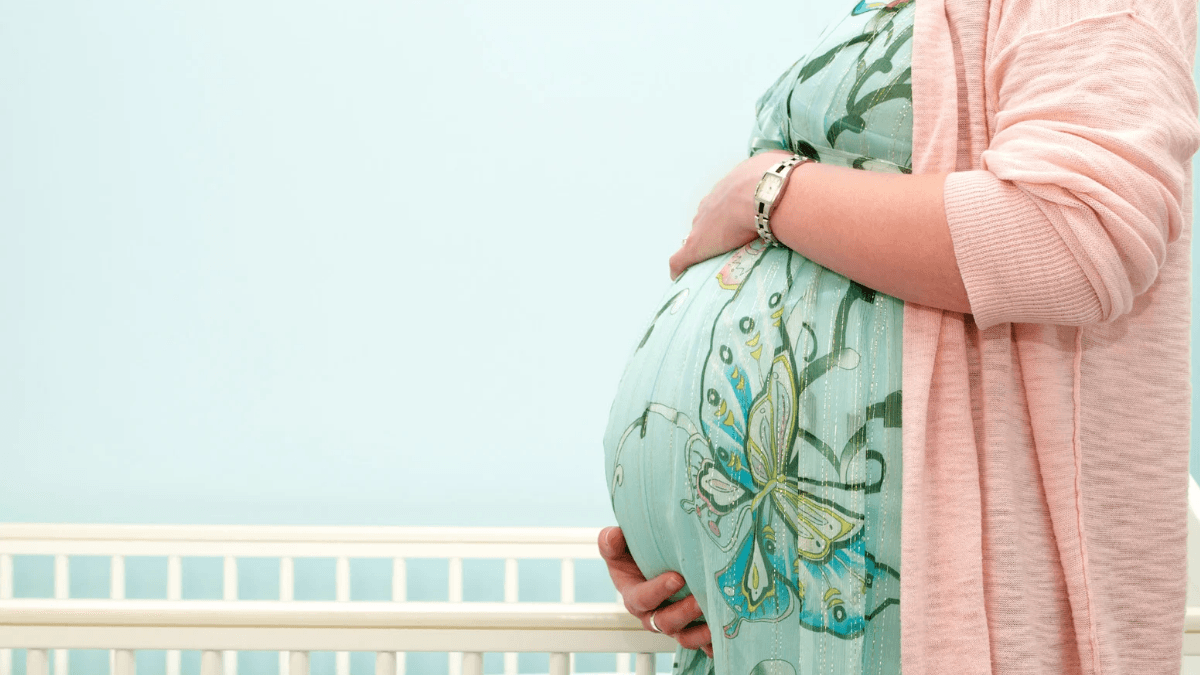Maryam was 13 years old when she was traded to her husband’s family in exchange for $2000. She was young and therefore worth a good price. “The younger you are, the better the price is!” she exclaimed. Incidents of child marriage and teenage pregnancies are fairly high in Afghanistan. With 28% of women being married before the age of 18 years, teenage pregnancies continue to persist in the country.
At the age of 15, Maryam was already seven months pregnant and could not sustain the pregnancy. Like many others, Maryam would have died giving birth if she didn’t have access to a midwife who came on time and taught her about the use of a safe-delivery kit (which consists of soap to wash hands and clean perineum, gloves to ensure hygiene and prevent germs, a plastic to provide clean delivery surface, a razor to cut the cord and a thread to tie the cord). As a result, she was able to deliver her premature baby with the help of a midwife. However, unlike Maryam, thousands of young girls die every day- mostly due to their young age and the lack of proper health infrastructure in Afghanistan.
In a nation where the health system can only provide 4.6 medical doctors, nurses, and midwives per 10,000 people, which is far below the threshold for a critical shortage—23 healthcare professionals per 10,000 people as defined by the WHO—calling Maryam lucky is an understatement.
Today every 1 in 5 of the world’s population is living in a humanitarian crisis with a compromised healthcare system that fails to deliver basic health services. In Afghanistan, the situation only gets worse.
According to Human Rights Watch, “Distance remains a problem for a significant proportion of the population; almost 10% of people cannot reach a health facility within 2 hours and 43% must travel for more than half an hour.” Access to essential health services has become even more challenging due to restrictions on women’s and girls’ mobility in the country. Owing to the lack of infrastructure and fewer trained health professionals added to tough terrains, ensuring good sexual and reproductive health becomes impossible at times.
Also read: Gender, Health And Digitalisation: The Possibilities Of Femtech In Indian Healthcare
Self-care interventions can help individuals attain self-efficiency and autonomy when it comes to sexual and reproductive healthcare. It also increases access to all sections of society, enabling basic sexual and reproductive wellness.
What is Self-care?
WHO describes self-care as “The ability of individuals, families and communities to promote their health, prevent disease, maintain health, and to cope with illness or disability with or without the support of a health worker.” This includes the use of evidence-based, quality drugs, devices or digital products which can be provided fully or partially outside the formal health services.
While self-care interventions can play an important role in making healthcare systems more efficient, can they maintain the same efficiency even in situations of humanitarian crises? The short answer to this is ‘Yes’.

To maintain sexual and reproductive health, self-care interventions can provide important solutions like human papillomavirus (HPV) testing kits, contraceptives, and medicines for sexually transmitted infections (STI) medicines. This even includes safe delivery kits like in the case of Maryam. Apart from this, self-care can also be assisted with the help of a trained health worker.
In the case of Afghanistan, this is done through the help of community outreach midwives. What makes self-care efficient, is its ability to reach marginalised communities, young adolescents, and queer people alike. Thus, allowing them a way to attain their sexual and reproductive health and rights.
Attaining assisted self-care in Afghanistan
In a nation where the health system can only provide 4.6 medical doctors, nurses, and midwives per 10,000 people, which is far below the threshold for a critical shortage—23 healthcare professionals per 10,000 people as defined by WHO—calling Maryam lucky is an understatement.
“They didn’t know if they would be allowed to stay in their jobs by the Taliban. However, health services have not been suspended by the de facto authorities, so we have continued working.” He further said, “With our networks and support, including WhatsApp groups and regular communication with our outreach workers, they have been encouraged to stay in their jobs and reach the women who need essential health services.”
Najibullah Samim, CEO of AFGA
While self-care can help attain sexual and reproductive well-being, it also requires primary education amongst its users to administer drugs. This can be done under proper guidelines provided in the package or through the guidance of community health workers. However, many young Afghan girls like Maryam have limited access to education and they have to rely on community midwives who remain understaffed.
Also read: World Mental Health Day: Is Mental Health Care Accessible To Everyone Who Needs It?
For years, thousands of women have faced multiple challenges related to access, while seeking basic healthcare services. Back in 2002, an initial assessment revealed that Afghanistan had only 467 birth attendants who identified themselves as having at least some formal midwifery training, for population of around 26.8 million. This explains the growing maternal mortality rate within the country, especially in rural areas.
An alternative approach
As a result, 80% of the healthcare was NGO based and the need for more midwives and self-care services continued to grow. Amongst these NGOs, was the Afghan Family Guidance Association (AFGA), a member association of the International Planned Parenthood Federation (IPPF) in the South Asia Region which introduced a project namely “Improving Essential Sexual and Reproductive Health (SRH) and Maternal and Child Health (MCH) of Vulnerable Populations in Afghanistan”. The Norwegian Agency for Development Cooperation (NORAD) funds this project.
AFGA has been working on ensuring sexual and reproductive freedom in Afghanistan since 1968. Their mission is to empower young women and adolescents to take care of their sexual and reproductive health while taking more informed decisions as the education of young girls and women has become more limited.
As mentioned earlier, one of the biggest challenges in Afghanistan is to reach the most marginalised communities and rural areas of the country. Through NORAD, this crucial challenge is being addressed. Ms. Bibi Hangama, who is associated with Ghulam-Jan FHH offers 24-hour health services to women and children of her village who are deprived of basic health facilities.
AFGA has introduced a 250-member community midwifery programme which offers door-to-door services within communities and enables assisted self-care. These midwives belong to different communities and rural areas within which they can offer support and services.
In an interview with Population Matters, the CEO of AFGA, Najibullah Samim said “They didn’t know if they would be allowed to stay in their jobs by the Taliban. However, health services have not been suspended by the de facto authorities, so we have continued working.” He further said, “With our networks and support, including WhatsApp groups and regular communication with our outreach workers, they have been encouraged to stay in their jobs and reach the women who need essential health services.” According to the same report, AFGA has offered 226,517 services through their Community Midwifery Programme from January 2021 to November 2021.

Aziza Rasa, one of the midwives in the NORAD project has been providing her services and saving the lives of many women and girls living in the deprived suburbs of Kabul. At the age of 25, Aziza provides sexual and reproductive health services to women as well as provides services such as antenatal, and postnatal care to 55 women. By providing door-to-door care, she has successfully saved the lives of many women.
Assisted healthcare is self-care
Among the many initiatives funded by NORAD, there is one under the name of Ghulam Jan Family Health House (FHH). They offer quality health services such as antenatal care, postnatal care, delivery care and even offer counselling services for children under the age of 5 living with critical health conditions.

As mentioned earlier, one of Afghanistan’s biggest challenges is reaching the country’s most marginalised communities and rural areas. Through NORAD this crucial challenge is being addressed. Ms. Bibi Hangama, who is associated with Ghulam Jan FHH offers 24-hour health services to women and children of her village who are deprived of basic health facilities.
Through the Ghulam Jan FHH project, the people of the community consider themselves the owners of a health centre. While AFGA alone cannot fight with the patriarchal structure nor fully educate the entire male population about the need for sexual and reproductive health and rights it can convince them about the need for women to be physically well to bear children and therefore also help in preventing a large number of teenage pregnancies as well as maternal deaths.
Also read: Queer Health In South Asia: Community-Led Solutions And HIV Case Studies In Sri Lanka
One of the women attended by Aziza Rasa recounts: “I am thankful to Aziza who saved my life. Otherwise, I couldn’t afford to go to the hospital and wouldn’t be able to survive,” says Maryam. Through the help of projects like NORAD, women can access basic healthcare and are more comfortable in communicating their issues with midwives who belong to their communities. At the same time, this project can help in preventing maternal deaths that occur due to the lack of proper infrastructure and transportation.
In conclusion, while the Community Midwifery Programme cannot replace the static clinic and healthcare facilities, it can help minimise medical emergencies through assisted self-care which can be attained by many young girls and women like Maryam.
About the author(s)
Vedika is an intersectional feminist who uses cinema and everyday experiences to talk about issues rooted in the vernacular. She loves to bake and travel around the country to explore different cultures and write down people’s stories. Vedika hopes to get an opportunity to cover such stories around the world. She is also a romantic who loves to read poems, personal essays and won’t mind vibing to slow songs




